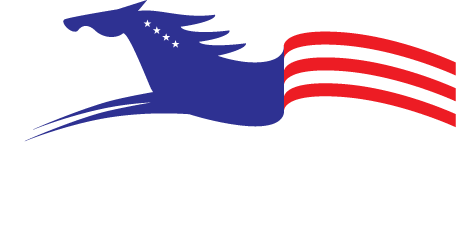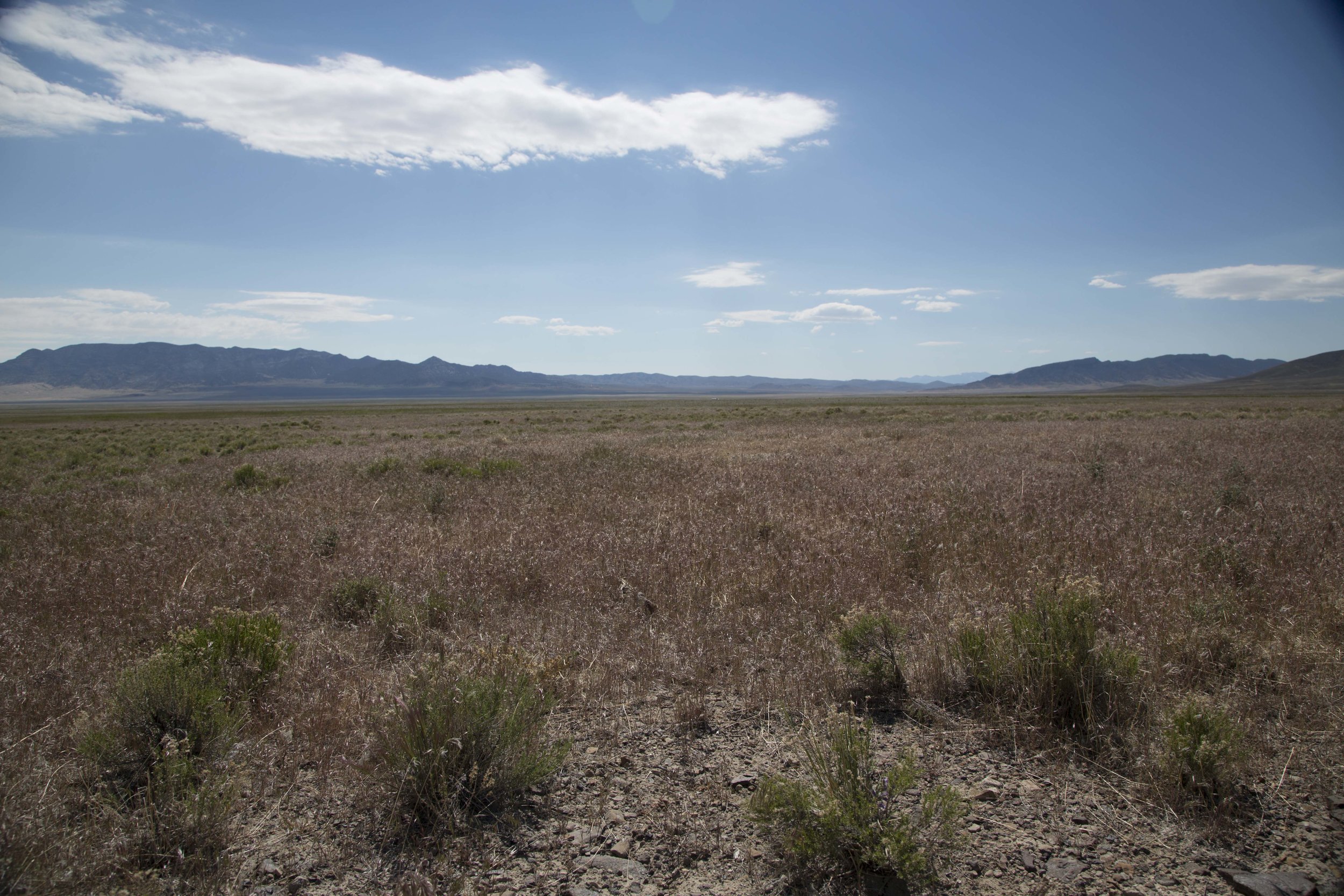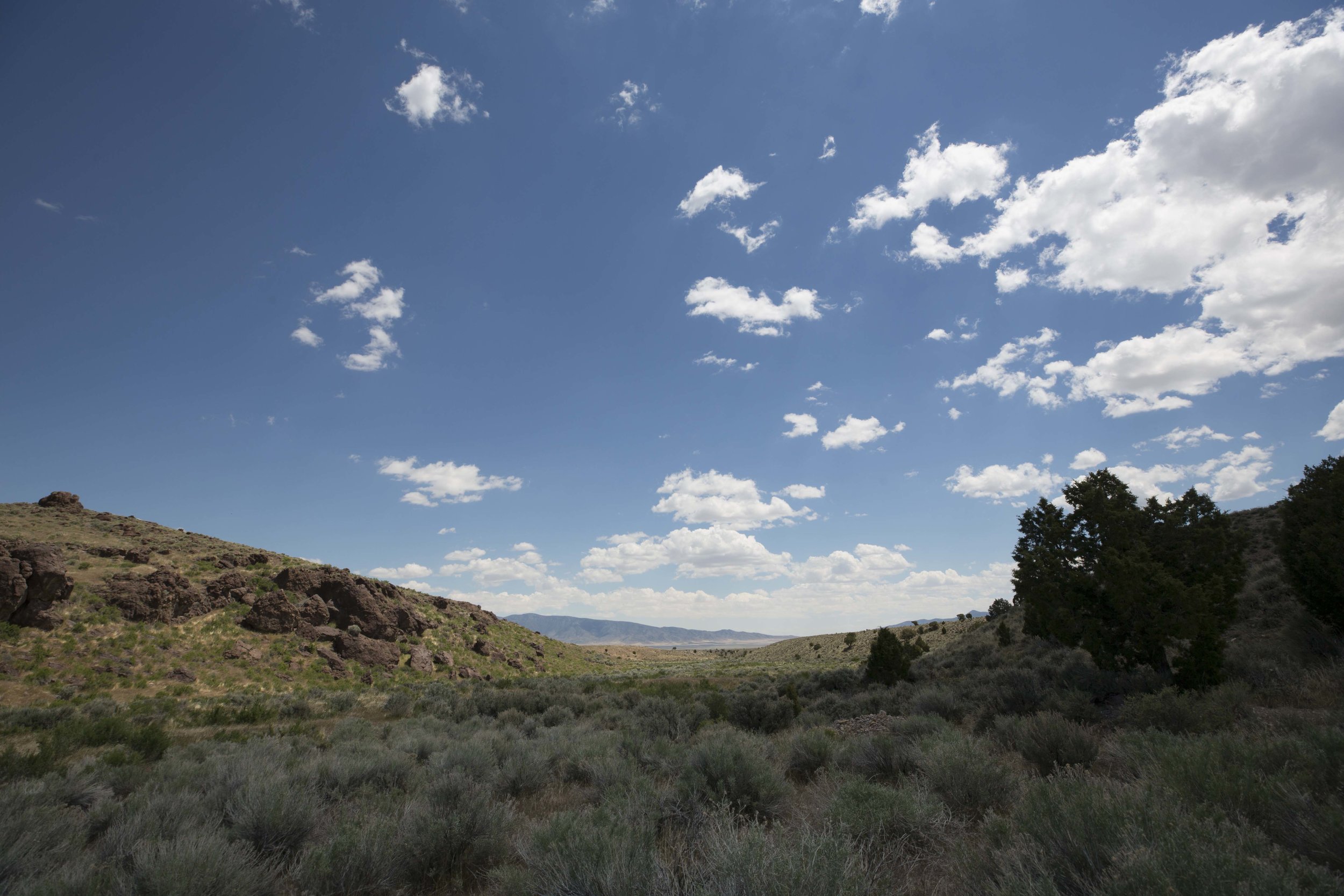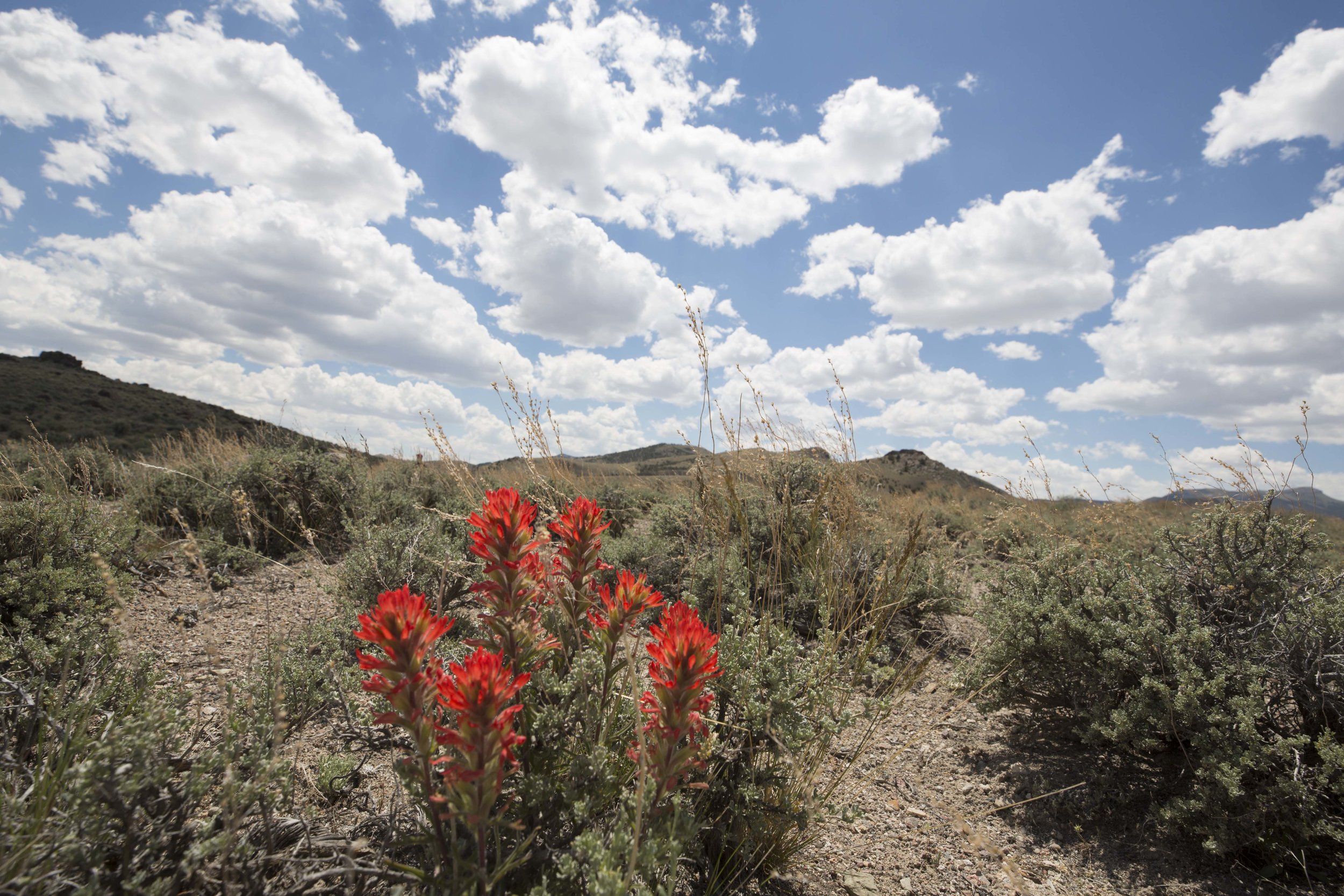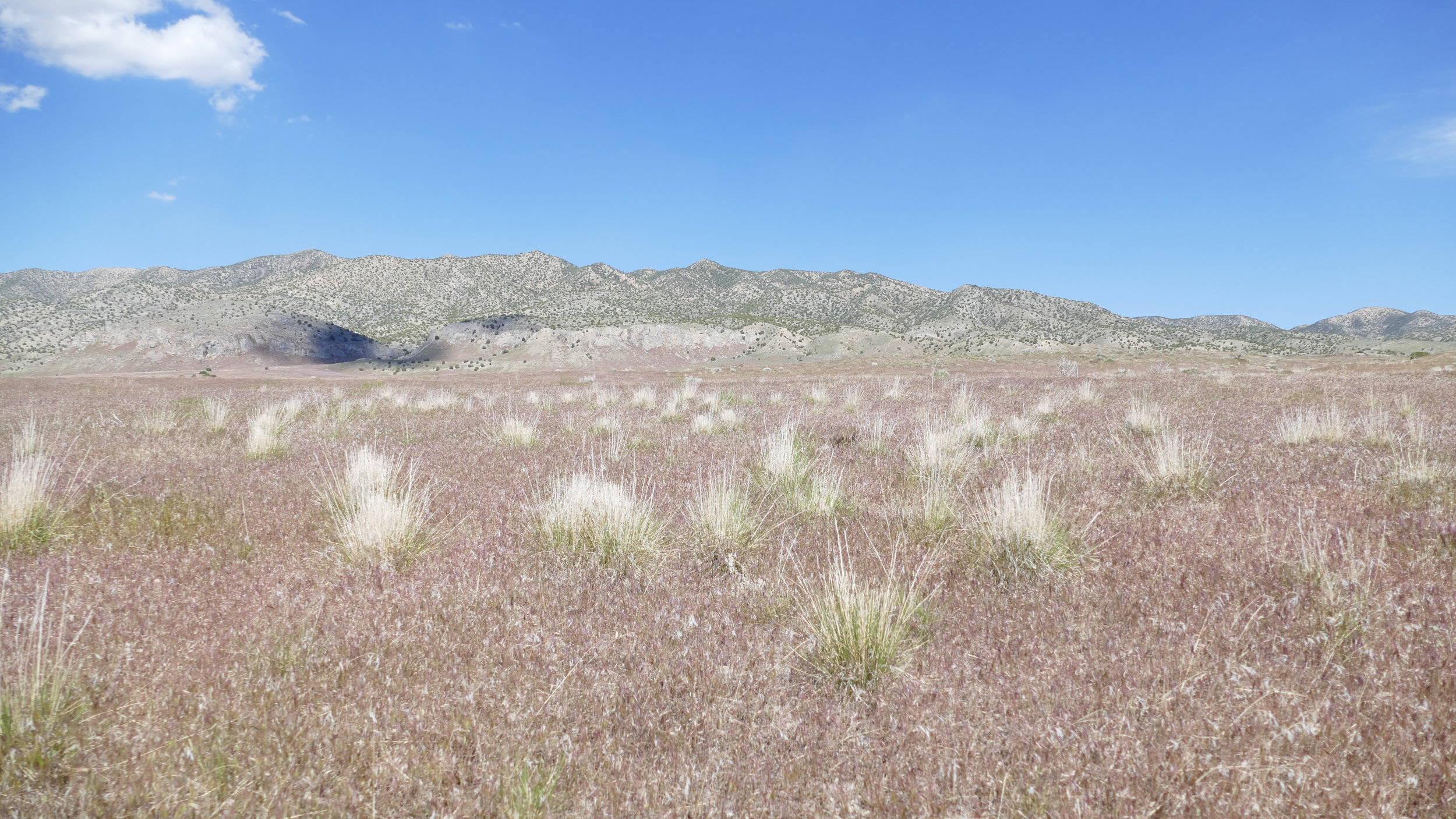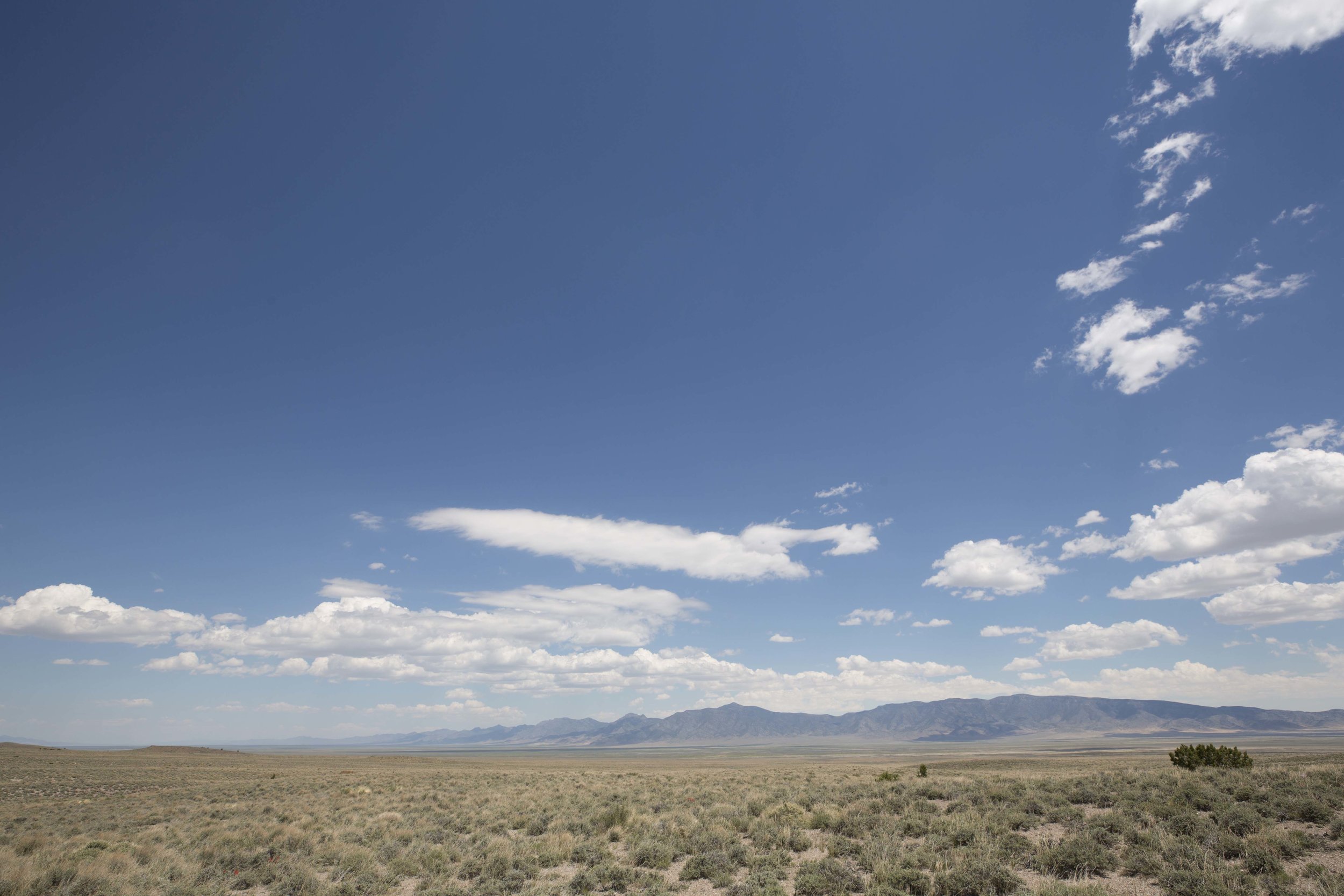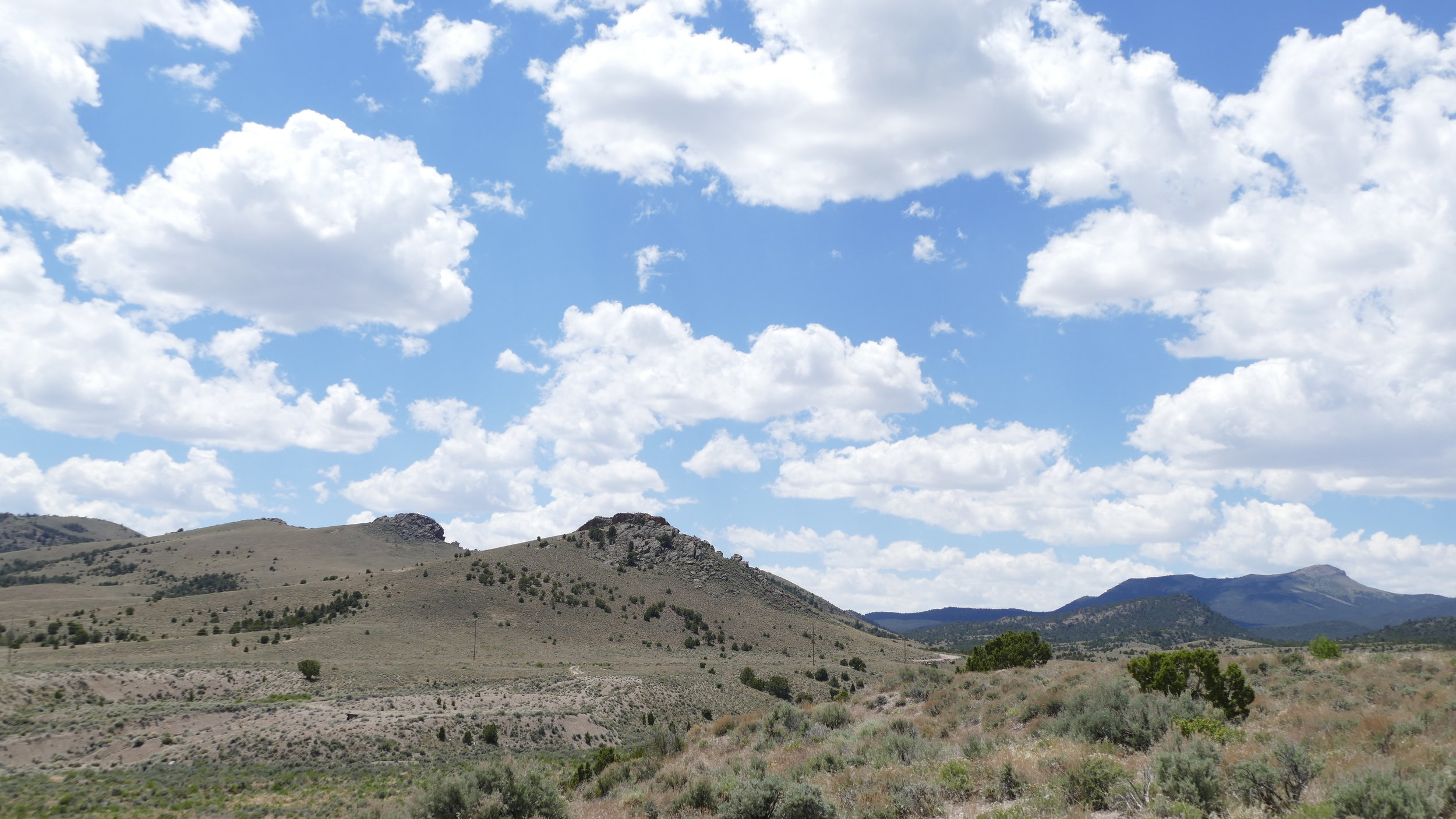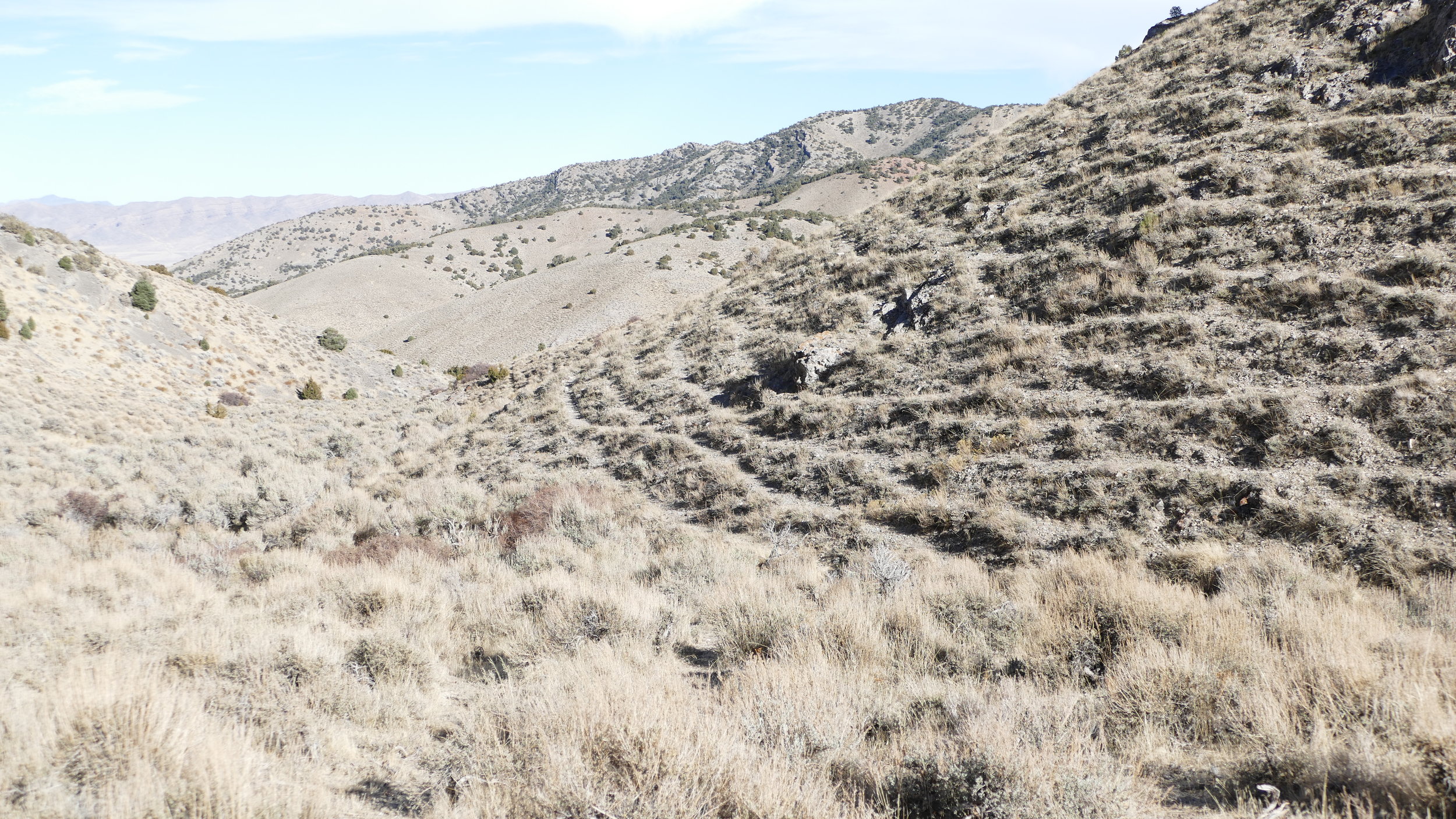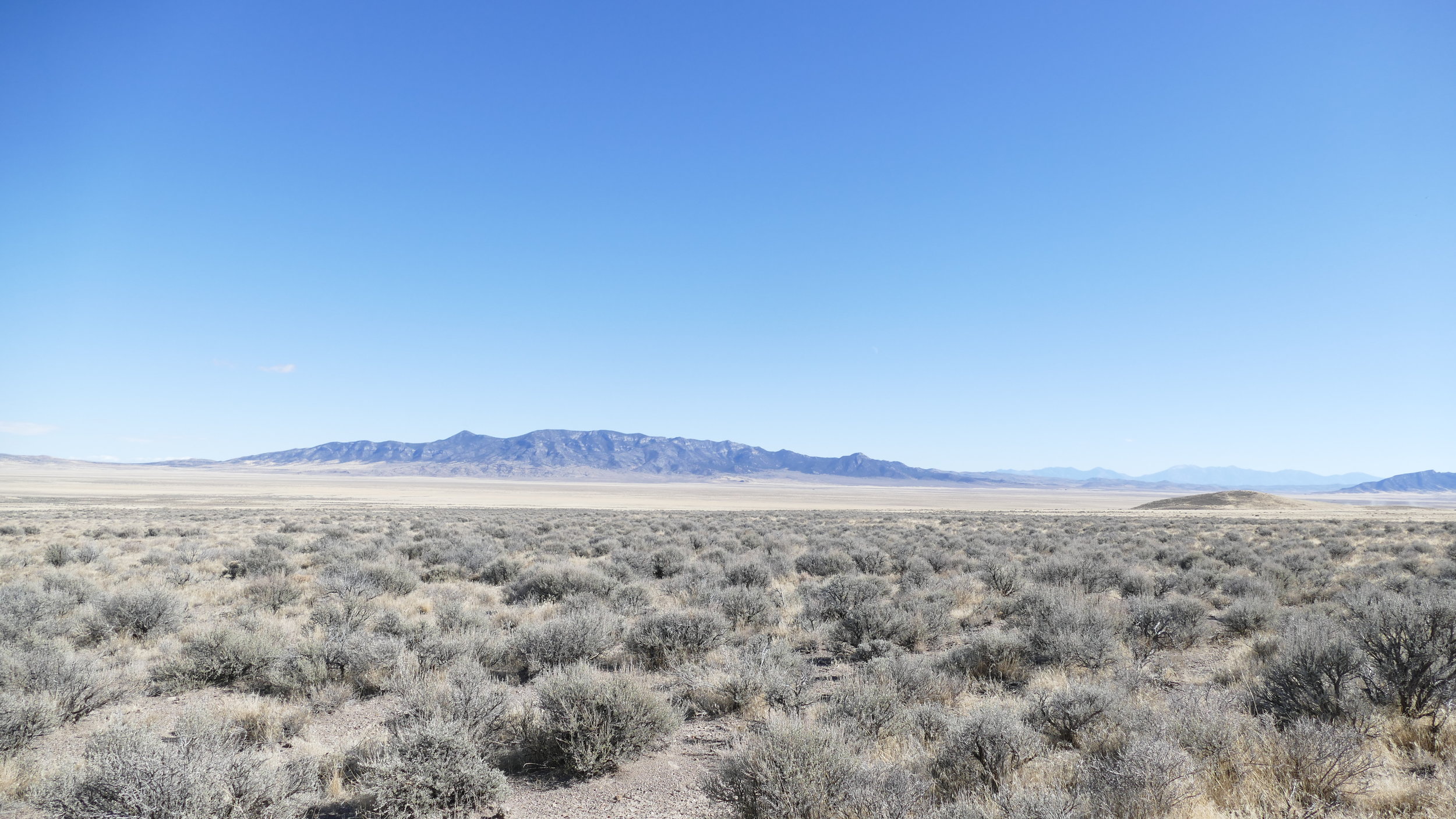The total area of the 50 United States is 2.3 billion acres. The first public domain was created in 1781 when New York agreed to surrender to the Federal Government its claim to unsettled territory that extended westward to the Mississippi River. Other colonies followed New York’s example, and, by 1802, all of the land west of the colonies between the Appalachian Mountains and the Mississippi River belonged to the Federal Government. In the course of national expansion from 1781 to 1867, the public domain rapidly grew beyond the bounds of the Appalachian West, with the Federal Government acquiring 1.8 billion acres of public domain lands.
Congress recognized the need to protect the Nation’s natural, historical, and cultural resources while providing opportunities for recreation. Special acts withdrew millions of acres of public lands from settlement for National Parks, National Forests, National Monuments, National Wildlife Refuges, National Trails, and National Wild and Scenic Rivers. Some of the best known congressional withdrawals include Yellowstone National Park, Grand Canyon National Park and Death Valley National Monument.
Changes in public attitudes and a concern for environmental values and open space began to compete with the need for development and increased production. Congress, recognizing the value of the remaining public domain lands, enacted the Federal Land Policy and Management Act (FLPMA) of 1976. FLPMA mandates that the BLM administer the public lands under the concept of multiple use, while protecting the long-term health of the land. Today, the BLM manages more than 245 million acres of public land and approximately 700 million acres of Federal sub-surface mineral estate throughout the nation.
FACTS & STATS
22.3 billion
total u.s. acres
177
herd management areas
245 million
acres under blm management
26.9 million
acres under herd management
177 horse management areas
LAND USES
New Energy
Over 245 million surface acres as well as 700 million sub-surface acres. As our lands are increasingly tapped to develop clean, renewable energy, the U.S. lessens its dependence on foreign oil and provides opportunities for creating new jobs to support local communities. Public lands also provide sites for new modern transmission facilities needed to deliver clean power to consumers.
GRAZING
Rangeland also provides forage and habitat to domestic livestock. In managing livestock grazing on public rangelands, the objective is to ensure the long-term health and productivity of these lands and to create multiple environmental benefits that result from healthy watersheds.
Recreation
On approximately 250 million acres of public lands, visitors enjoy countless types of outdoor adventure – participating in activities as widely varied as camping, hunting, fishing, hiking, horseback riding, boating, whitewater rafting, hang gliding, off-highway vehicle driving, mountain biking, birding and wildlife viewing, photography, climbing, all types of winter sports, and visiting natural and cultural heritage sites.
National Conservation Lands
The National Conservation Lands are uniquely diverse.They encompass red-rock deserts and rugged ocean coastlines, deep river canyons and broad Alaskan tundra. Many areas are remote and wild but others are surprisingly accessible.
